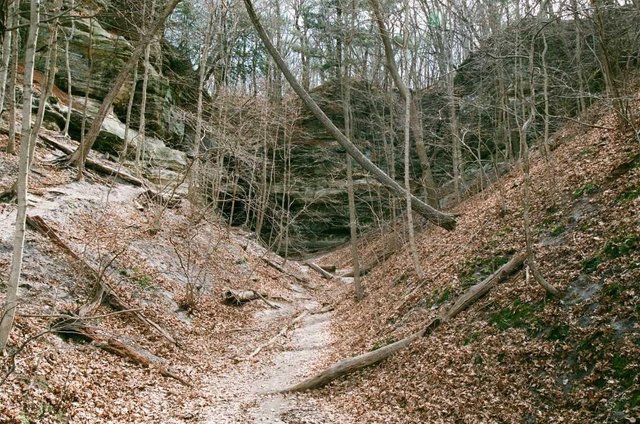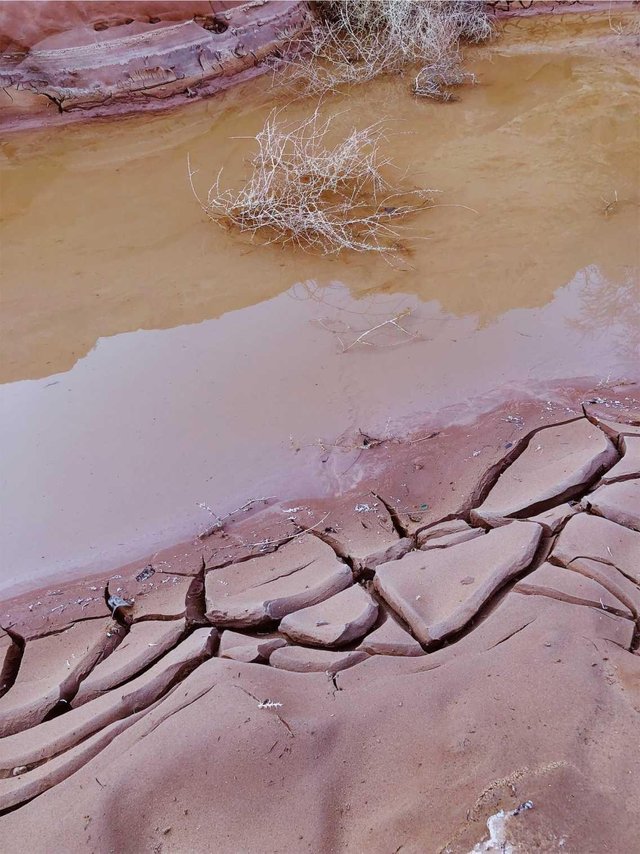Hutan kering

For 20 years, Sadiman spent his own money and energy to plant Forest Gendol. As a result, two villages were free of drought
Sadiman stood near the banyan tree he planted on the slopes of Mount Gendol, Wonogiri. Photo by Ari Susanto / Rappler
WONOGIRI, Central Java - Splendid commemoration and feast of the people is so felt in Geneng Village, Bulukerto District, a village on the slopes of Mount Gendol, eastern of Wonogiri Regency. Along the cobbled streets mounted flags of Red and White, decorative lights, and rows of rag dolls made like soldiers.
In the field and vacant land the residents look noisy in the various races. Others are painting bamboo hat caps in the village head's yard for cultural carnival attributes.
At the other end, the tallest and most ending place in the village, Sadiman, 61, climbed a narrow cobbled lane on the edge of a gaping chasm. Her legs are still strong enough and nimble down a steep path up and down between the grass and the rocks. Sadiman did not join the celebration with other citizens. He chose to interpret independence in his own way. 
Almost every day he scours the forest, if he is not working on his field. He farms rice, but spends more time taking care of the banyan trees he plants in the forests.
"If the trees that are still small are not treated can be damaged and die," he said while showing some of the trees he planted on the slopes of a steep hill.
Since the early 1990s, Sadiman has continued to plant tree seedlings in Gendol Forest which is state forest. To date there are at least 11,000 trees - 4,000 of them are banyan - he has been left to nature. Therefore, Sadiman became the only person who got permission to plant the land managed by Perhutani.